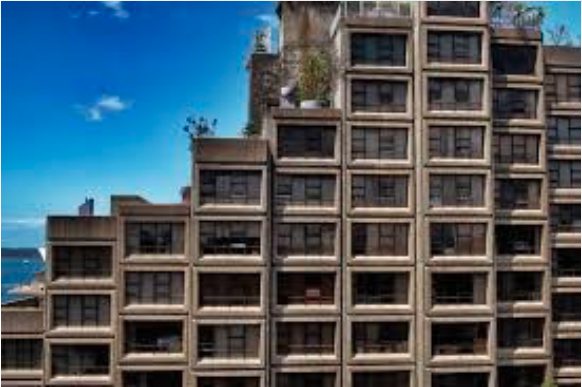Why apartments fail the heat stress test

If a heat wave hit Melbourne and the power blacked out, most of the city’s apartment buildings would simply bake as air conditioners failed and indoor temperatures exceeded international health standards, according to a new University of Melbourne study.
Researchers from the Melbourne School of Design have now called on Australia to adopt building standards to protect occupants against heat stress.
Academics from the MSD modelled six common apartment designs in Melbourne and all six failed standards for new buildings set in France, the UK, Germany and the US.
There are no health standards to ensure against heat stress in the Building Code of Australia.
Lead researcher and construction scientist Chris Jensen said the results are a wake up call, particularly as scientists are predicting longer and more frequent heat waves.
“The research highlights to the public that heat stress inside apartments is a real issue and that we need to do more to control for this, not only in new buildings, but also for existing buildings,” Mr Jensen said.
The researchers modelled how six common Melbourne apartment designs could cope with excessively high temperatures by testing them against the heatwaves that hit Melbourne in January and February 2009, including the Black Saturday bushfires of 7 February that year.
They also chose a worst-case scenario by modelling west-facing apartments that are most exposed to the sun. All six sample apartments failed the four standards they were tested against.
Mr Jensen said that it is possible that under a new standard that was tailored to the Australian climate more buildings would pass, it is still unlikely many existing apartments would.
To improve existing buildings, the study found that the easiest and most effective strategies for apartments included:
- Improving ventilation both physically and operation by occupants
- Using external heat reflective coating and paint
- Installing appropriate shading, and
- Build greater awareness among occupants of what they can do in heatwave conditions to keep comfortable.
Read more on Pursuit.